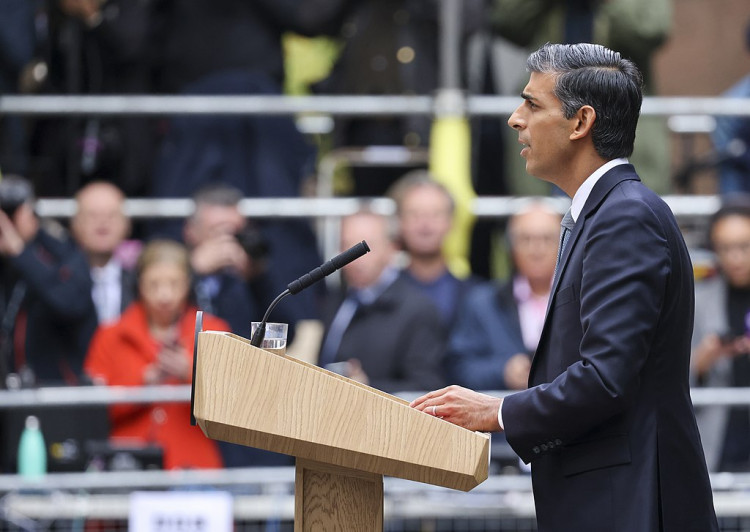The UK government has unveiled an ambitious plan to expand its nuclear power capacity, marking the most significant growth in the sector in over 70 years. Amid concerns about energy independence and reducing reliance on overseas supply, the government has set a target to quadruple the country's energy supplies by 2050 through nuclear power. This strategic move aims to address the diminishing share of nuclear energy in Britain's electricity generation, which has fallen from 27% in the 1990s to around 15% currently.
Central to this expansion is the government's proposal to build a new large-scale nuclear plant. The Civil Nuclear Roadmap, as it is known, is exploring potential sites for the project, with Wylfa on Anglesey or Moorside in Cumbria being leading candidates. The new plant is expected to mirror the size and scale of the £30bn plants under construction at Hinkley Point in Somerset and committed to Sizewell in Suffolk.
However, the plan is not without its challenges. Existing nuclear projects in the UK have been plagued by delays, cost overruns, and in some cases, strong local opposition. For example, Sizewell C has faced a decade-long consultation process, with significant construction yet to begin and ongoing local resistance. To address such hurdles, the government is looking to streamline the development of new power stations through smarter regulation, aiming for quicker delivery of new nuclear power plants.
The government's commitment to nuclear energy is also evident in its pledge of £300m to produce nuclear reactor fuel in the UK, a market currently dominated by Russia. This move is seen as a step towards lowering bills, improving energy security, and reducing dependence on Russian fuel. By 2030, the UK aims to eliminate any remaining Russian fuel and uranium supply and is planning to build a disposal facility capable of accommodating nuclear waste from up to 24 GW of capacity.
The ambitious nuclear power targets include securing investment decisions to deliver 3-7 GW of new nuclear power every five years from 2030-2044. The government believes this aggressive schedule is crucial to meet its goal of up to 24 GW of nuclear capacity by mid-century, which could meet around a quarter of the country's forecast electricity demand. This focus on nuclear power is part of a broader strategy to diversify the UK's energy mix, reduce carbon emissions, and enhance energy security in the face of geopolitical tensions and the global push towards greener energy sources.
However, the government's plans have attracted criticism from environmental groups. Greenpeace UK's Chief Scientist, Doug Parr, expressed skepticism, suggesting that the government's announcements aim to attract investors rather than reflect a viable strategy for adopting 20th-century technology. Despite these criticisms, the UK government remains steadfast in its nuclear ambitions, viewing the expansion as essential to the country's energy future and a key component of its strategy to achieve net zero emissions.
As the UK government progresses with its nuclear expansion plans, it faces the dual challenge of navigating technical, financial, and regulatory hurdles while also addressing environmental and public concerns. The outcome of these efforts will be closely watched, not just within the UK but also internationally, as other countries grapple with similar issues in their pursuit of sustainable and secure energy solutions.






